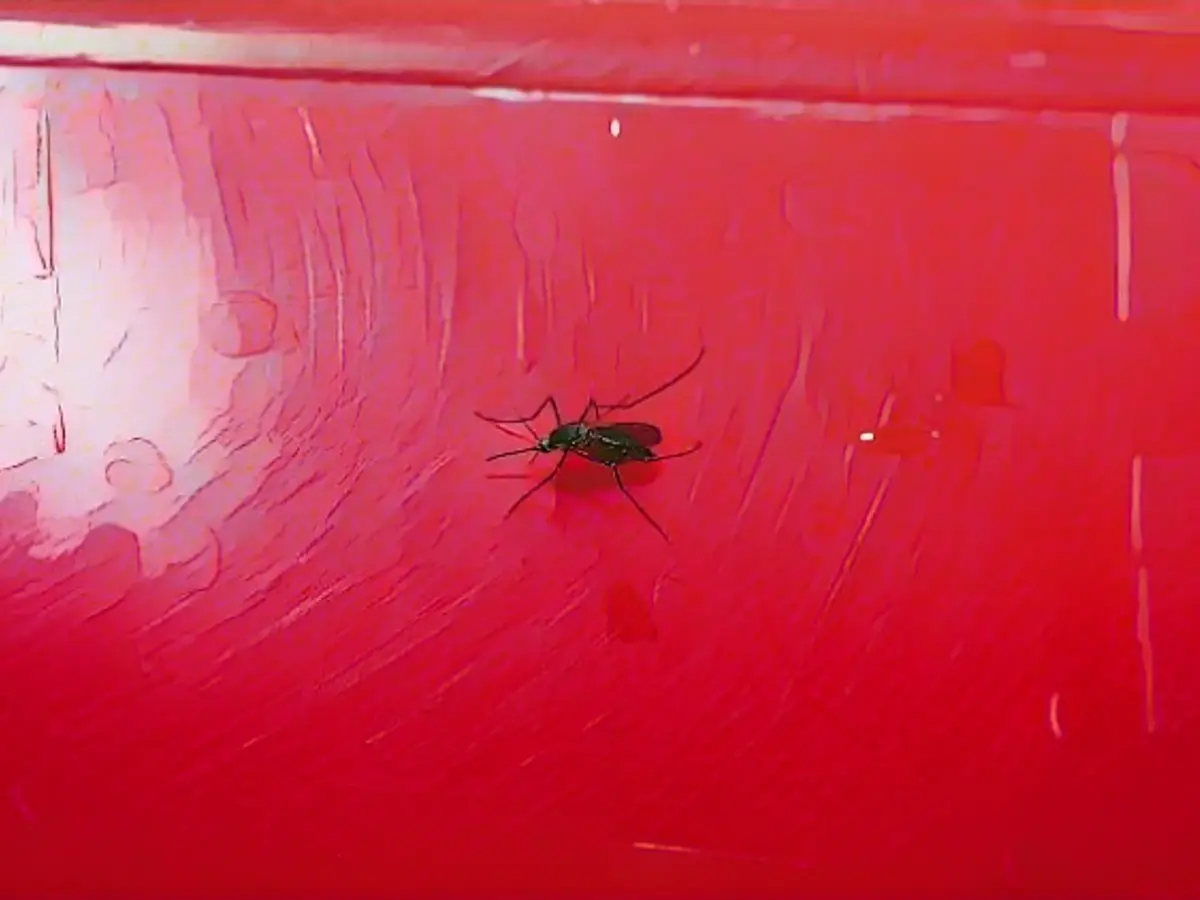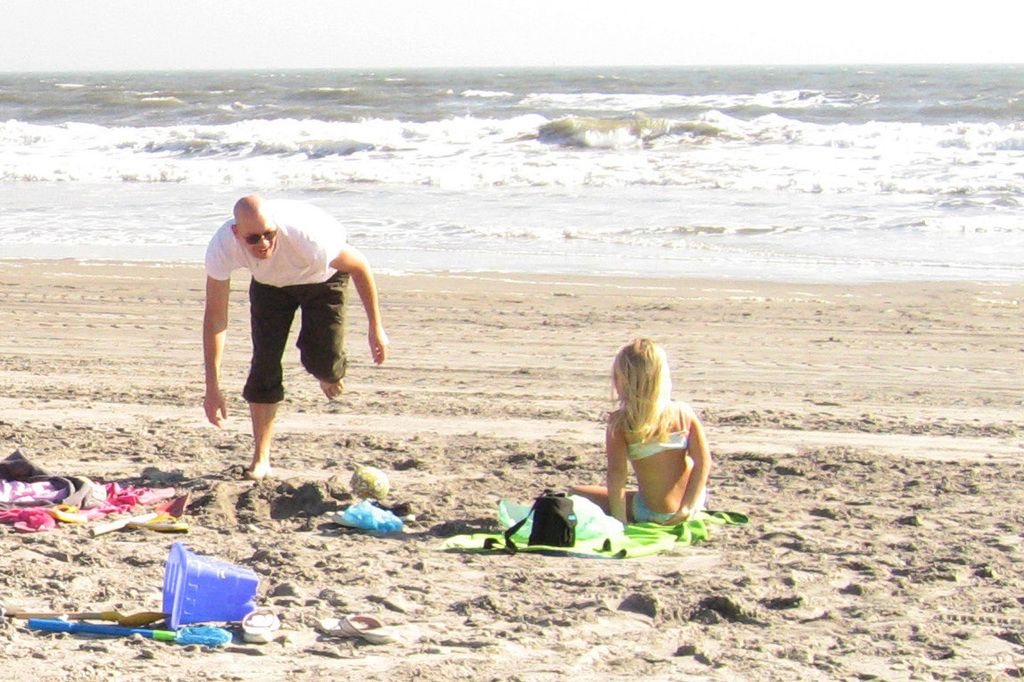Dengue Fever on the Rise in Unexpected Places
Dengue fever, typically associated with tropical and subtropical regions, has made its way to Europe, and health organizations are on high alert. Climate change and rising temperatures are making it easier for mosquitoes that carry the disease to survive, potentially leading to more cases in the future.
According to the World Health Organization (WHO), specialists like Diana Rojas have warned of a spread of certain insects in Europe, which could increase dengue fever infections. So far, this year, Italy has reported 82 instances, France 43, and Spain 3. Despite these numbers, there's still time for European countries to prevent further spread, Rojas explained.
Spending Winters in Europe
Small populations of the Aedes mosquito, which transmit dengue fever, already reside in southern Europe. While their eggs might not survive the winter, larvae could easily hatch as temperatures rise.
Spreading Across the Globe
Dengue fever affects millions each year, usually with mild symptoms, but in ten percent of cases, it can cause severe complications. With almost 400 million cases every year, only a fraction are officially reported due to inadequate monitoring and insufficient treatments.
Populations in Europe can take precautions by using mosquito repellent, wearing long-sleeved clothing, and eliminating breeding sites, such as standing water in planters on the balcony. However, Europe isn't the only region affected. According to the WHO, over 80% of reported cases have occurred in North and South America, but monitoring and reporting are lacking in many places.
Education and Awareness
Because dengue fever is on the rise in non-endemic regions like Europe, public education is crucial. People need to know the symptoms and how to prevent the disease. To combat infectious diseases, like dengue fever, becoming more common due to climate change, health organizations are urging enhanced surveillance and response strategies.
Sources:








